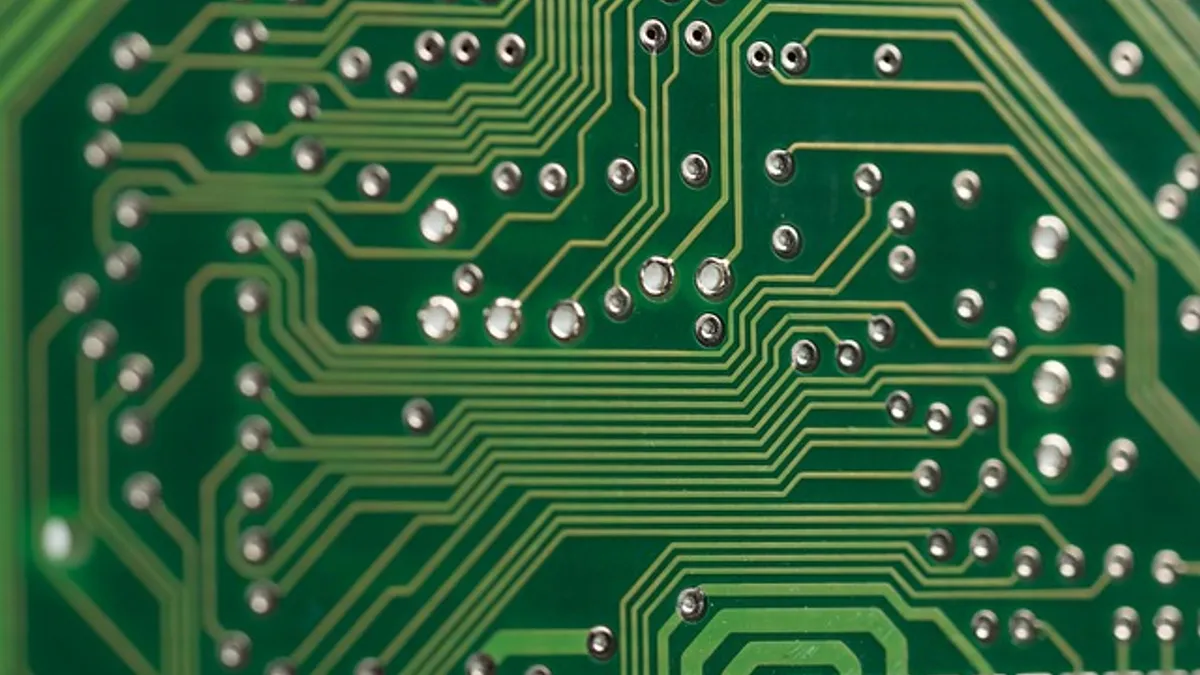Dive Brief:
- Dangerous Things, a Swedish-based tech firm, developed a Radio-frequency identification (RFID) microchip that’s implanted in humans, reports Tech Republic. The microchip transmits data and is designed to replace business cards, keys and other devices people normally carry around.
- RFID microchips are ceramic pieces the size of a grain of rice and inserted into the hand between the thumb and the index finger. The microchips use a magnetic field to transmit data. But instead of having their own power to send signals they are powered by smartphones and other devices near the chip.
- Hannes Sjöblad. A Swedish "biohacker," said no one should fear being tracked and having their privacy invaded by the microchip technology. He said more danger is posed by mobile phones and Internet searches.
Dive Insight:
Employers support technological advances that create innovative ways of recruiting, training, administering benefits and other HR functions. While microchips in practice aren’t likely to be any more of a privacy risk than Internet searches or mobile phones, the future of data-tracking implants raises questions about the kind of information employers should have access to as more and more personal information is tracked, collected and stored.
Expanding the breadth of uses for RFID technology to include more day-to-day activities and interactions, also increases the risks affiliated with it in the workplace. It's not a huge leap from microchips used as keys or business cards to microchips used to track employee fitness activities. Health data is a minefield of potential privacy risk, for example, especially as wellness programs begin to blur the lines of which data should be available to employers. One bill moving through Congress would create a loophole in the Genetic Information Nondiscrimination Act (GINA) and allow employers to penalize employees that opt out of genetic information collection for wellness programs.
Wellness information aggregation has been garnering attention for some time, as it creates a powerful window into the health of employees and shines a light on where employers can help. But as ever, employers need to ensure they have processes in place that align with the EEOC's latest rules on wellness programs.













